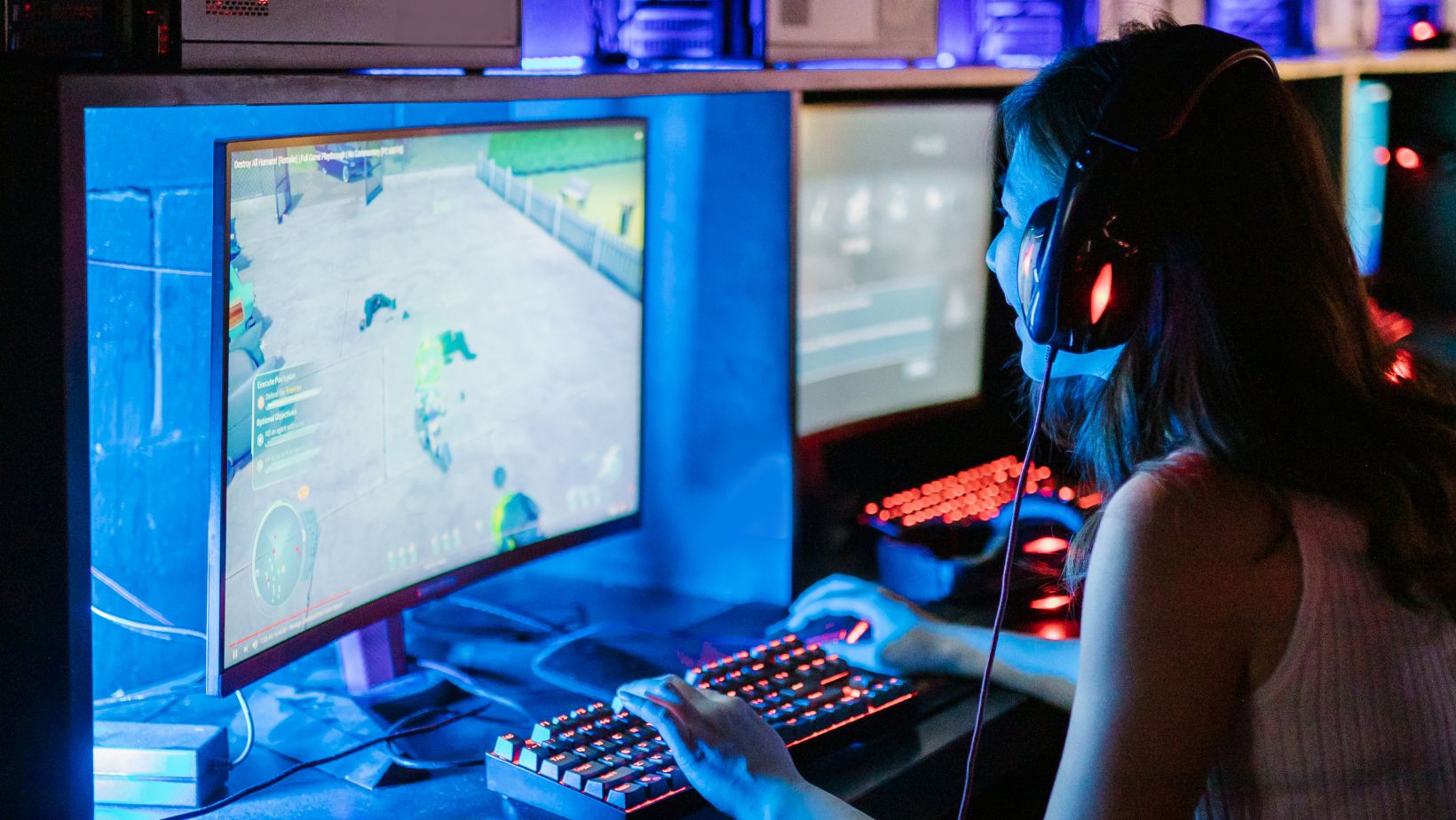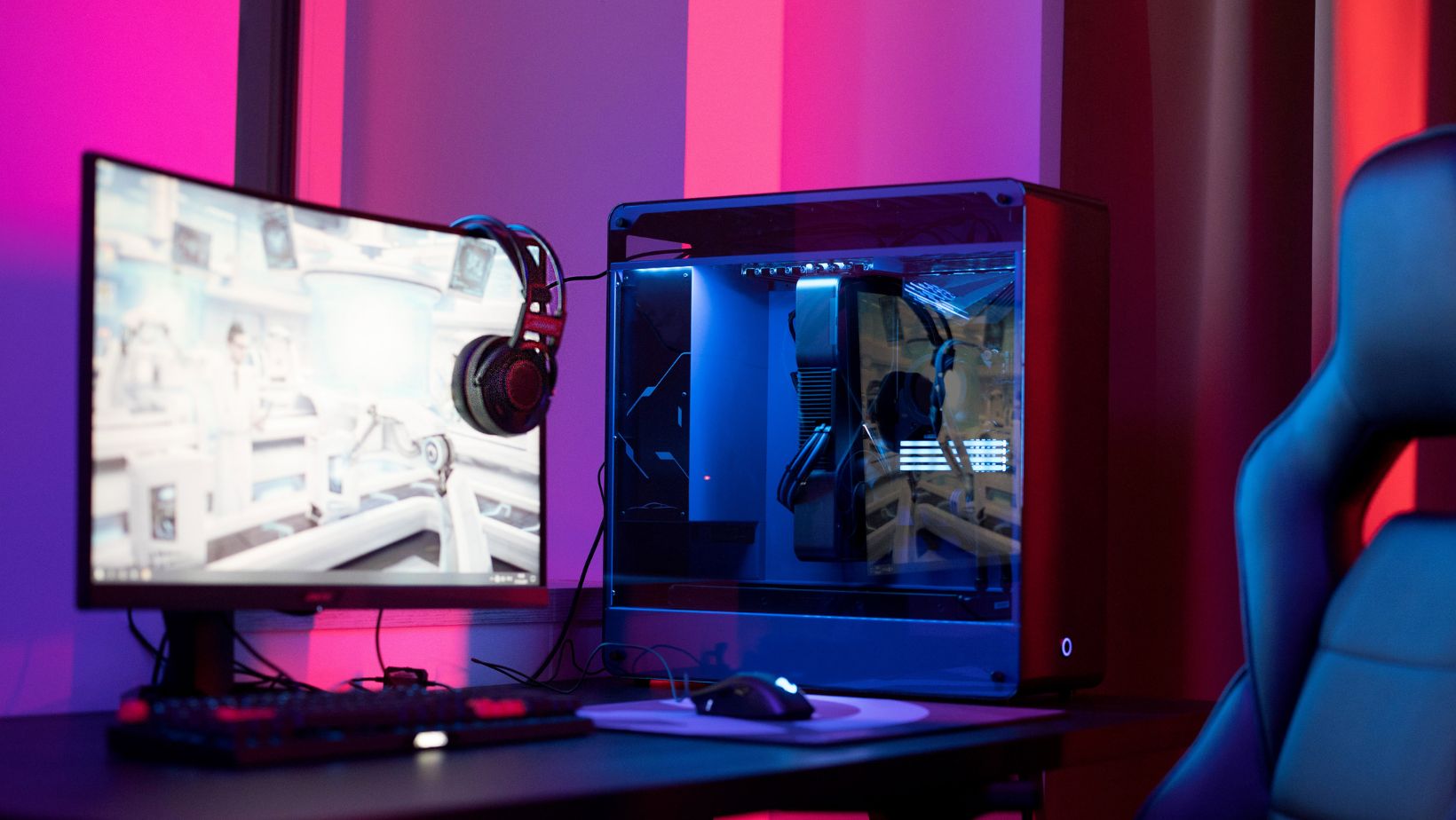
Online gaming started as a small hobby but is now popular everywhere. Gaming groups helped this growth as they changed and grew with new technology and platforms. From early forums to the vibrant world of live streaming, Dragon Slots has something to offer everyone.
The Early Days: Gaming Forums and Message Boards
In the beginning, gamers gathered on forums and message boards. These platforms were simple yet effective. Players shared tips, discussed games, and made friends. Sites like GameFAQs and NeoGAF were favorite spots for gamers.
Communication was text-based and slow. But it was personal. Users had time to think about their responses. This created detailed discussions and strong bonds. Many early gaming friendships began here. These forums were the foundation of today’s thriving gaming communities.
As social media platforms emerged, gaming communities evolved. Sites like Facebook and Reddit have made it easier for people to connect. Gamers could now join groups tailored to their favorite titles.
Social media has made discussions faster and more dynamic. Players shared memes, videos, and live updates. It also brought a wider audience into the fold. Casual gamers joined the conversations, and gaming communities grew larger.
Reddit, in particular, became a key player. Subreddits dedicated to games became popular meeting spots. These spaces allowed gamers to vote on content, creating a more democratic way to share and discuss ideas.
Multiplayer Games and In-Game Communities
As games moved online, they began to host their own communities. Games like “World of Warcraft” and “Counter-Strike” let players connect directly. Groups, teams, and chats became a big part of the fun.
These in-game communities brought a new level of engagement. Players didn’t just talk about games—they lived them together. Working as a team fostered camaraderie. For many, these groups felt like a second family.
The rise of massively multiplayer online role-playing games (MMORPGs) marked a major milestone. These games created persistent worlds where players interacted constantly. It was a turning point for community-driven gaming.
The YouTube Era: Videos as a Community Tool
YouTube started in 2005 and changed gaming communities. Gamers could now share their gameplay videos. Tutorials, walkthroughs, and reviews exploded in popularity.
YouTube allowed players to show their personalities. Creators like PewDiePie and Markiplier became household names. Their content didn’t just entertain—it built communities. Fans gathered around these creators, forming tight-knit groups.
The platform also gave small creators a voice. Anyone could upload a video and find an audience. This democratization of content further enriched the gaming community landscape.
The Shift to Live Streaming Platforms
The next big leap came with live streaming. Platforms like Twitch and YouTube Live changed how gamers interacted. Fans could now join live streams and talk in real time, instead of just watching videos.
Live streaming created a new level of connection. Viewers could chat with streamers and each other during broadcasts. This made gaming feel more interactive and personal.
Streamers became influencers and community leaders. They didn’t just play games—they held events, raised money for charity, and created movements. Live streaming mixed gaming with entertainment, making a lively, active community.
Esports: Professional Gaming and Global Audiences
As gaming grew, so did competitive play. Esports made gaming something people watch. Big events like “The International” and “League of Legends World Championship” attracted millions of viewers.
Esports brought together fans from all over the world. Communities formed around teams, players, and games. Online forums, Discord servers, and live chats buzzed with activity during tournaments.
Esports also gave rise to a new generation of heroes. Players became celebrities, inspiring their fans. This further strengthened the bond within gaming communities. Watching a favorite team win felt like a shared victory.
The Role of Technology in Community Growth
Technology has helped a lot in this change. Faster internet made live streaming possible. Smartphones let gamers connect anytime, anywhere.
Apps like Discord and Slack became important for chatting. These apps let gamers talk, make video calls, and share files. They were great for both casual chats and serious talks about games.
Virtual reality (VR) is the next big thing. VR communities are growing in games like “VRChat” and “Rec Room.” These games might change how gamers connect in the future.
Inclusivity and Representation in Gaming Communities
Modern gaming communities are more inclusive than ever. Players from diverse backgrounds are finding spaces where they feel welcome.
Representation in games has improved, bringing new voices into the conversation. Female gamers, LGBTQ+ players, and gamers of color are now an important part of the community.

This diversity makes the experience better for everyone.
Inclusive communities also challenge toxic behavior. Campaigns like “Gamers Against Hate” promote respect and kindness. These efforts are shaping a healthier, more welcoming gaming culture.
Challenges Faced by Modern Gaming Communities
Despite their growth, gaming communities face challenges. Toxicity and harassment are ongoing issues. Players sometimes struggle to find safe spaces to connect.
Another challenge is the commercialization of communities. Platforms and publishers often prioritize profit over genuine engagement. This can lead to frustration among gamers who value authenticity.
Privacy concerns are also rising. With so much personal data shared online, players need to be cautious. Platforms must find ways to balance connectivity with security.








